A new lens design promises improved image quality and an increased field of view for virtual reality headsets.
BRUCE H. WALKER, WALKER ASSOCIATES
In the late 1800s and early 1900s, the stereoscope was the subject of great interest and entertainment in the living rooms of families on both sides of the Atlantic. Invented by Sir Charles Wheatstone, it was made popular in Europe by Sir David Brewster and in the U.S. by Oliver Wendell Holmes Sr. The stereoscope typically included a pair of simple wedge lenses with a focal length of 180 mm, enabling the viewer to see a pair of images in 3D, each being 75 × 75-mm square. This resulted in a 3D field of view that is 24 × 24° (Figure 1).
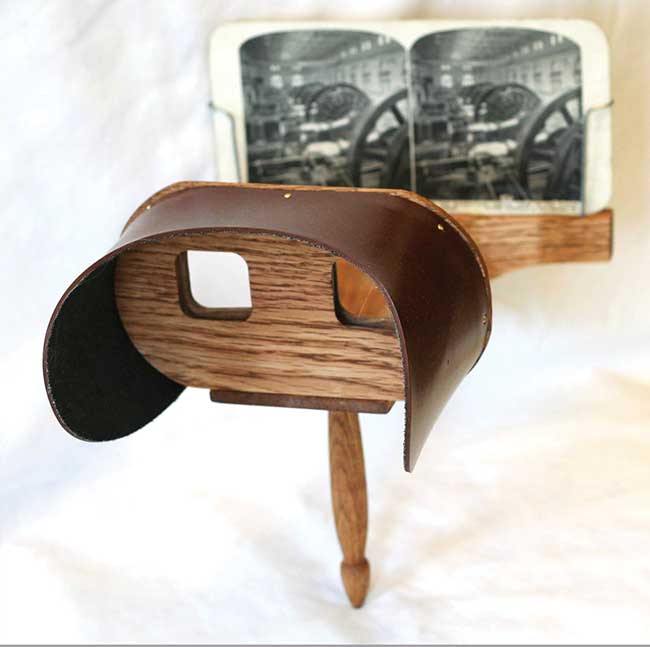
Figure 1. Stereoscope viewer circa 1900. Courtesy of Bruce H. Walker.
During the second half of the 1900s, the stereoscope design was fine-tuned to allow the user to view bright, high-resolution color transparencies. In typical viewers of the day, the images were 50 × 50-mm square, viewed with 75-mm focal-length simple optics. This resulted in a viewed image with a field of view covering a full 36 × 36° square. Relative to the early stereoscopes, this yielded a 1.5× increase of the field of view (Figure 2).
Scanning 3D motion display
The first virtual reality (VR) systems emerged in 2010, and included an updated stereoscopic device. VR headsets view a pair of 3D images, often displayed on the screen of a modern iPhone or smartphone. A 3D bright-color, wide-angle display is not just a fixed image, but it can be a scanning 3D motion display with an audio mode (Figure 3).
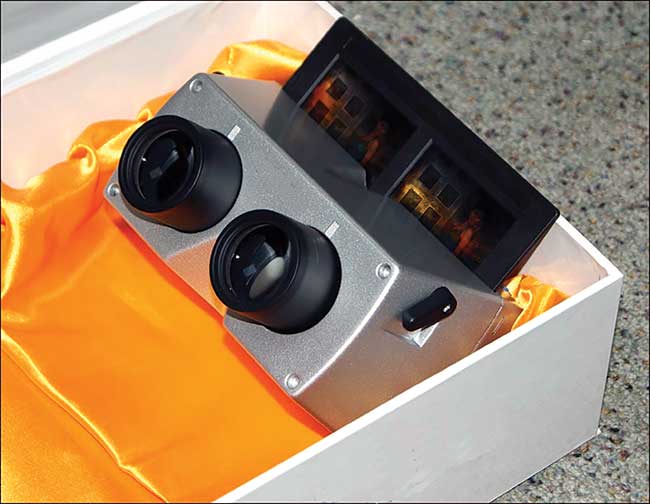
Figure 2. Stereoscope viewer circa 2005. Courtesy of Bruce H. Walker.
Most of today’s VR headsets include simple optics, usually a single molded aspheric acrylic lens for each eye. The primary advantages of these optics are their low cost and light weight, making them suitable for a large consumer market. The image quality of these systems is limited, however, though this reduced image quality is overcome by the dynamic nature of the 3D motion display presented by the cell phone.
In the sections that follow, a new lens design is proposed that meets the low cost and weight of the single lens element, while achieving a greatly improved image quality and an increased field of view presented to the eye.
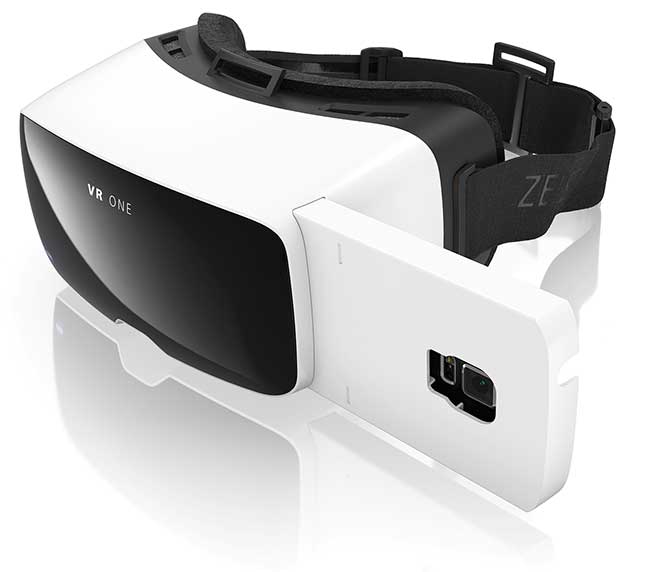
Figure 3. Modern 3D virtual reality (VR) system. Courtesy of Zeiss.
Better lens design
For the single-molded aspheric acrylic lens element presently used in many new VR headsets, the image quality is considered acceptable by most, especially when dealing with a field of view of 36 × 36° square. When an increased field of view of 42 × 42° square is presented to the eye, however, the image quality of the optics must improve. The major image quality issues that must be dealt with when creating a new lens design covering the large field of view include: image modulation transfer function, distortion, field curvature-astigmatism and lateral color.
Before a better lens can be designed, however, it’s necessary to analyze and understand the ray trace analysis, distortion and modulation transfer functions for a typical single-element lens (Figure 4). As the aberration plot shows, the residual astigmatism will be about 2 diopters of field curvature with 1.0 diopter of astigmatism. The remaining distortion will reach about 9 percent at 21 degrees off axis, and the lateral color plot indicates that a residual of 5.7 arc minutes is reached at 21 degrees off axis. In most visual systems, maximum lateral color of less than five minutes is generally acceptable. The distortion plot (Figure 4, lower left) displays how the 9 percent distortion will appear to the eye. Finally, the modulation transfer plot (Figure 4, lower right) indicates that the resolution of this system will be reduced from 9.8 cycles/mm on axis, to 3.0 cycles/mm at the field of view of 21 degrees. This modulation transfer function (MTF) plot assumes that the cellphone screen maximum resolution is 10 cycles/mm.
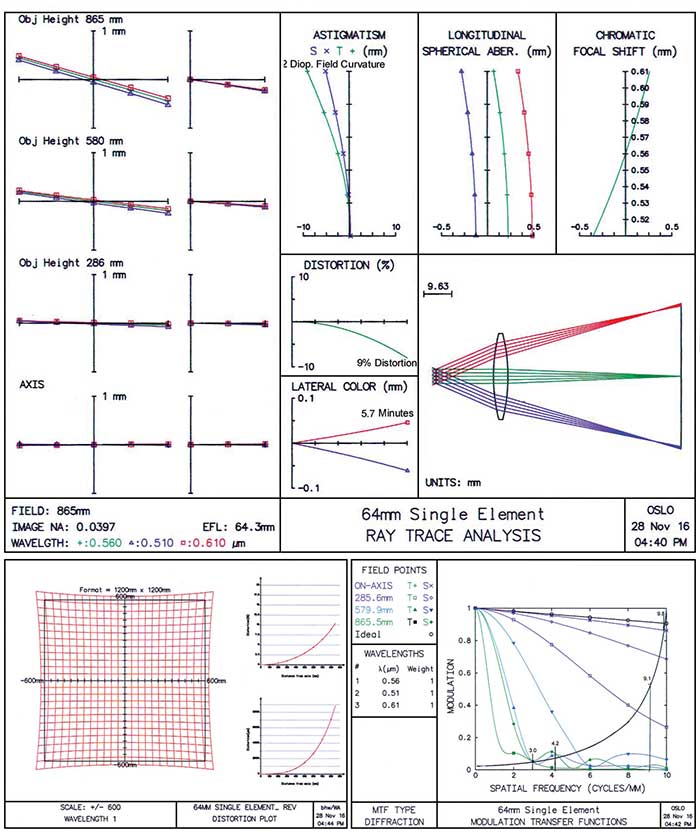
Figure 4. Aberration plots for the 64-mm single-element lens. Courtesy of Bruce H. Walker.
New optical design to improve image quality
It’s the task of the optical lens designer to improve upon the image quality of the single-element design. The designer must deal with the weight, size and cost of the lens, while achieving the best possible overall optical image quality.
A common five-element eye piece optical design has been simplified, step-by-step, to achieve a new design that has just two elements remaining. The resulting design performance depicts ray trace analysis, distortion and modulation transfer functions for the new “64 MM 4× Magnification Glass Lenses” design (Figure 5). The ray trace analysis shows that residual field curvature has been reduced to 0.7 diopters, with zero astigmatism. Also shown: Distortion is reduced to less than 1 percent at 21 degrees off axis. The resulting lateral color plot indicates that 4.7 arc minutes will be found at 21 degrees off axis. As stated earlier, in most visual systems, lateral color of less than five minutes is generally found to be acceptable.
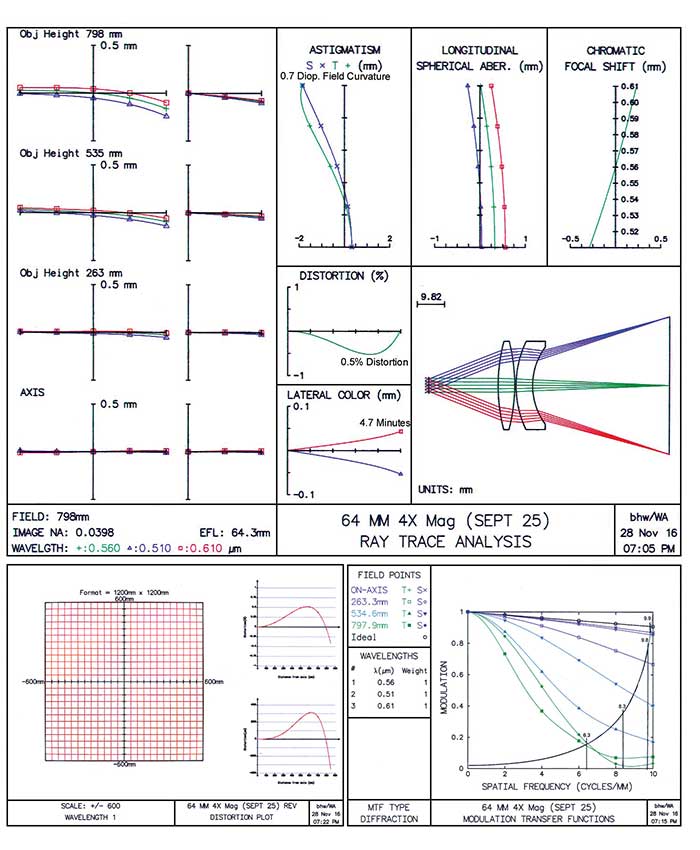
Figure 5. Aberration plots for the 64-mm 4× magnification glass lenses. Courtesy of Bruce H. Walker.
The distortion plot (Figure 5, lower left) reveals that essentially zero percent distortion will appear to the eye. Finally, the modulation transfer plot (Figure 5, lower right) indicates that the resolution of the system will be 9.8 cycles/mm on axis, released to 6.3 cycles/mm as the field of view is increased to 21 degrees. Again, this modulation transfer plot assumes that the cell phone screen maximum resolution will be 10 cycles/mm.
The final plastic lens design
In generating the previous two-glass element len designs, the optical glass types selected have been Lak8 and
SF10 — glass materials that can now be substituted by using the two most common optical quality plastics of acrylic and polystyrene. Also, a few minor changes have been made to the glass design to optimize the plastic lens design.
The glass prototype models would be used to confirm the acceptance of this general design approach. Then, the molded plastic elements could be used in the final system design, compatible with the manufacture of high volumes at low weight and low cost. In this plastic, two-element design, compared with the single lens, each eye lens assembly increases in weight from 0.5 to about 1.5 ounces, while cost will increase from 75 cents to an estimated $1.50 — moderate increases for this new two-element plastic design that most in the industry would likely deem acceptable.
The ray trace analysis shows that field curvature for the new 64-mm 4× magnification plastic lens has been corrected to 0.7 diopters, with zero astigmatism (Figure 6). Distortion is reduced to 1 percent at 21 degrees off axis. Finally, the lateral color plot indicates that 4.2 arc minutes are due at 21 degrees off axis. As stated earlier, in most visual systems lateral color of about five minutes is generally deemed acceptable. At 4.2 arc minutes, the image quality, due to lateral color, will be totally acceptable at the 21-degree field of view.
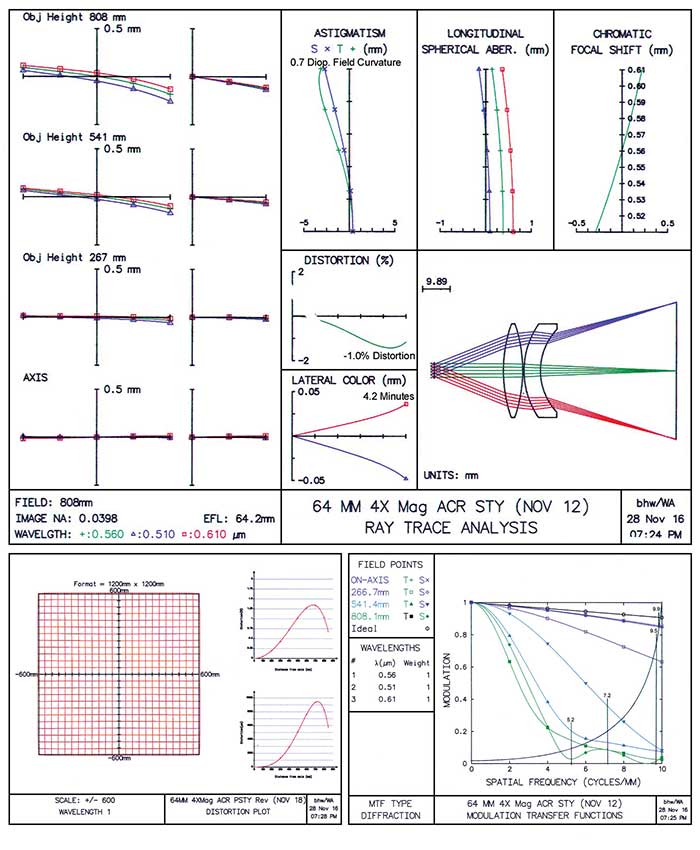
Figure 6. Aberration plots for the 64-mm 4× magnification plastic lenses. Courtesy of Bruce H. Walker.
The distortion plot (Figure 6, lower left) shows how the 1 percent distortion will appear to the eye over a full field of view of 42 × 42° square. Finally, the modulation transfer plot (Figure 6, lower right) indicates that the resolution of this system will be reduced from 9.9 cycles/mm on axis, to 5.2 cycles/mm as the field of view is increased from zero to 21 degrees. Again, this plot assumes that the cell phone screen maximum resolution will be 10 cycles/mm.
Comparing the 64-mm single element with the 64-mm 4× magnifcation plastic lens
Figures 7 and 8 compare the currently used single plastic lens to the new “64 mm 4× Plastic” design with two lens elements, with each figure showing the VR unit viewing a 3D image that is displayed on a smartphone.
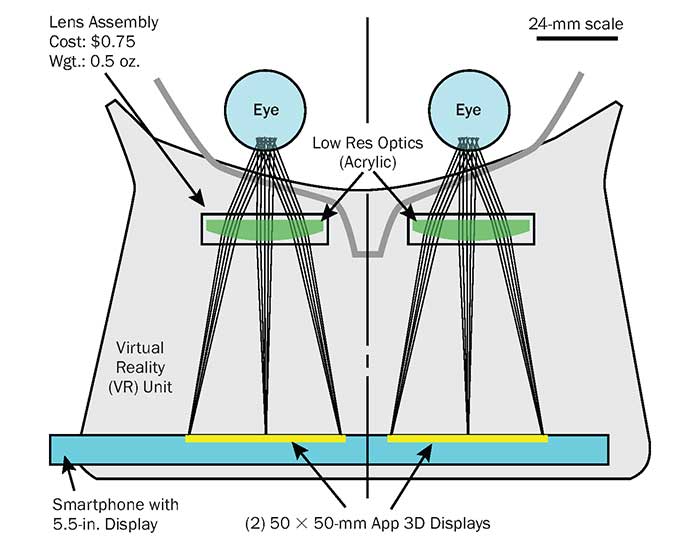
Figure 7. VR unit with low-resolution optics (single acrylic element). Courtesy of Bruce H. Walker.
The single-element design will leave a residual of 2 diopters of field curvature with 1 diopter of astigmatism (Figure 4). The two-plastic element design will leave a residual of 0.7 diopters of field curvature with zero diopter of astigmatism (Figure 6).
The single element will leave residual of about 9 percent of distortion (Figure 4), whereas the two-element solution will leave residual of just one percent distortion (Figure 6).
Using the single-element lens plot compared to the plot for the 4× Magnification Plastic lenses, it’s apparent that the single-element design will leave a residual lateral color of about 5.7 arc minutes. The two-element design will leave a residual lateral color that will be about 4.2 arc minutes.
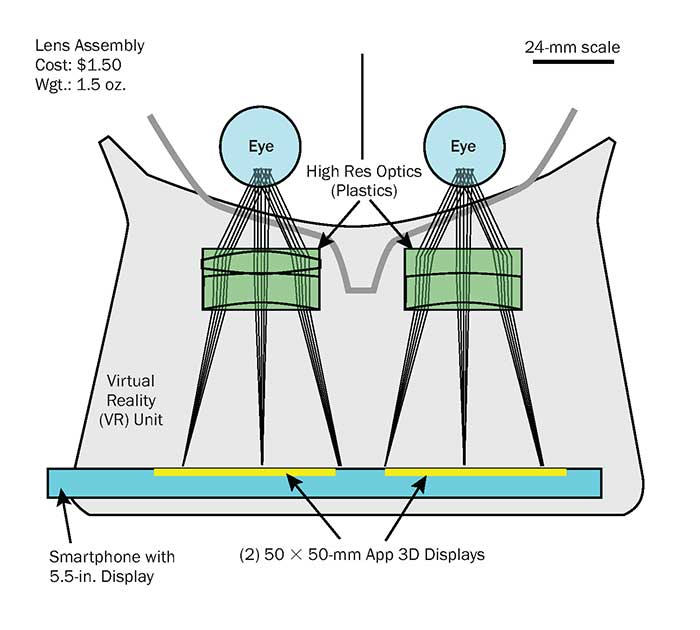
Figure 8. VR headset with high-resolution plastic optics. Courtesy of Bruce H. Walker.
Finally, the single-element design will leave a resolution from 9.8 cycles/mm on axis to about 3.0 cycles/mm at 21 degrees (Figure 4). The two plastic lens element design (Figure 6) achieves a resolution from 9.9 cycles/mm on axis, to about 5.2 cycles/mm at 21 degrees. These are the major, significant image quality improvements of the new lens design with two plastic lenses from the single plastic lens design.
For over one hundred years, 3D stereo viewing devices have been available for various applications. Now, virtual reality headsets use modern smartphone screens to view 3D stereo image displays.
With the possibility of developing a new eye lens design that will greatly improve image quality while maintaining the required reduced size, weight and cost of the optics, the stereo viewer is once again a captivating subject in families’ living rooms.
Meet the author
Bruce H. Walker has worked in the fields of optical engineering and lens design since 1960, initially with GE and later with Kollmorgen Corp. Since 1991 he’s been an independent consultant specializing in solving optical engineering problems and creating lens designs. From 1970 to 1999, Walker was a member of the Editorial Advisory Board of Photonics Spectra. He has authored two textbooks, Optical Engineering Fundamentals and Optical Design for Visual Systems. To learn more, visit www.waoptics.com.